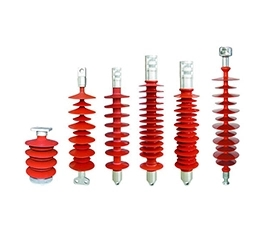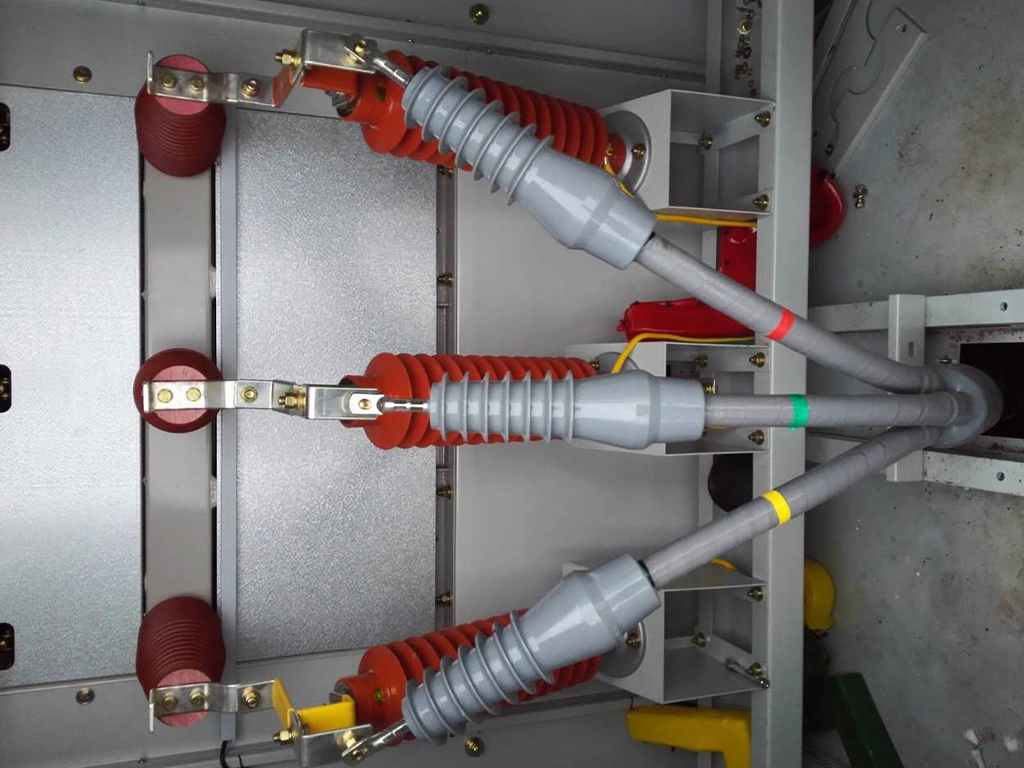en
+
In the composition of overhead power lines, utility poles and crossarms are two very important components. They are essential in the construction and operation of power lines. The following is a detailed explanation of the roles and classifications of utility poles and crossarms.
I. Roles and Classifications of Utility Poles
Utility poles (also known as transmission towers) are infrastructure that supports conductors and other components in overhead power lines. They are one of the key components of the entire overhead line system. Their primary function is to support power conductors and ensure the tension and stability of the conductors. They also provide an installation platform for other line components such as lightning arresters, insulators, and hardware.
Roles of Utility Poles
Utility poles mainly serve the following functions in overhead power lines:
Supporting Conductors: The most basic function of utility poles is to support conductors, ensuring they maintain a certain height and distance as required by design, preventing interference between conductors and contact with the ground or other objects.
Ensuring Conductor Tension: Utility poles need to withstand the tension of the conductors, especially in long-distance installations. The tension of the conductors requires utility poles to provide sufficient stability and support to prevent sagging or breaking caused by wind or excessive load.
Supporting Other Accessories: In addition to conductors, utility poles also support lightning arresters, insulators, hardware, guy wires, and other equipment. These devices need to be mounted on utility poles to ensure the safety and stability of the line.
Separating Circuits: Properly arranged utility poles can separate different circuits, preventing interference and fault propagation.
Classification of Utility Poles by Function
Utility poles can be classified into several types based on their different functions in overhead power lines:
Single-Circuit Utility Poles: These poles are typically used to support single-circuit overhead lines and are common in medium and low-voltage power systems, where only one set of conductors is installed on the pole.
Double-Circuit Utility Poles: Used to support double-circuit overhead lines, suitable for high-voltage power systems, where two sets of conductors are installed on the pole. The design of double-circuit utility poles is usually more complex and requires stronger load-bearing capacity.
Multi-Circuit Utility Poles: Used to support multiple-circuit power lines, these poles are typically used in ultra-high-voltage power systems, requiring a higher number of poles and greater load-bearing capacity.
Classification of Utility Poles by Number of Circuits Supported
The classification of utility poles by the number of circuits supported mainly depends on the number of circuits required by the power line. Common classifications include:
Single-Circuit Utility Poles: These poles support only one circuit of power lines and are suitable for areas with lower power demand or shorter distances.
Double-Circuit Utility Poles: These poles support two circuits of power lines and are commonly used in high-voltage grid systems to ensure stable and redundant power supply.
Three-Circuit and Above Utility Poles: These poles are suitable for large-scale power transmission, especially in urban or industrial areas, where multiple circuits of power lines can be managed through these poles, improving the reliability and stability of the grid.
II. Roles and Classifications of Crossarms
Crossarms are structural components installed on utility poles, primarily used to support conductors and other accessories. Crossarms not only help in the stable installation of conductors but also adjust the spacing between conductors to ensure the safety and effective operation of power lines.
Roles of Crossarms
Crossarms mainly serve the following functions in overhead power lines:
Supporting Conductors: Crossarms are key components of the conductor support system. They fix the conductors at the specified height and position through connections with utility poles, preventing contact with the ground, buildings, or other conductors, ensuring the safety of power lines.
Adjusting Conductor Spacing: The design of crossarms ensures appropriate spacing between conductors, preventing contact or short circuits, maintaining the stability of the power system.
Transmitting Tension: The tension of the conductors is usually transmitted to the utility poles through crossarms, so crossarms must have sufficient strength and load-bearing capacity.
Installing Other Equipment: Crossarms can also install other power system components, such as lightning arresters and insulators, providing necessary safety for the power system.
Classification of Crossarms by Function
The classification of crossarms by function mainly depends on the number of conductors they support and the requirements of the power system. Common classifications include:
Single-Pole Crossarms: Single-pole crossarms are typically used to support conductors in single-circuit power lines, suitable for low or medium-voltage grids. These crossarms are relatively simple and carry a smaller load.
Double-Pole Crossarms: Double-pole crossarms are used to support conductors in double-circuit power lines, suitable for high-voltage grid systems. Double-pole crossarms have strong load-bearing capacity and can effectively support two circuits of conductors.
Multi-Pole Crossarms: Multi-pole crossarms are used to support multiple circuits of power lines, typically in ultra-high-voltage grid systems. They have strong load-bearing capacity and can withstand significant conductor loads and environmental pressures.
Classification of Crossarms by Number of Circuits Supported
Classifying crossarms by the number of circuits supported helps designers choose the appropriate type of crossarm based on specific needs:
Single-Circuit Crossarms: These crossarms support only one circuit of conductors and are typically used in low-voltage power systems.
Double-Circuit Crossarms: These crossarms support two circuits of conductors and are suitable for medium and high-voltage power systems. Their design needs to consider the load and stability of both circuits.
Three-Circuit and Above Crossarms: These crossarms are suitable for power systems requiring multiple circuits, typically used in ultra-high-voltage grids. Their design is more complex and requires strong strength and durability.
III. Coordination Between Utility Poles and Crossarms
The coordination between utility poles and crossarms is a critical aspect of overhead power line design. Selecting the right types of utility poles and crossarms is essential for ensuring the stability and safety of overhead power lines.
Matching Utility Poles and Crossarms: Select the appropriate combination of utility poles and crossarms based on the number of circuits and conductor load to ensure matching load-bearing capacity and strength.
Utility Pole Height and Crossarm Design: The height of the utility pole directly affects the design requirements of the crossarm. Higher utility poles generally require sturdier crossarms to support the conductors, while lower utility poles have lower requirements for crossarms.
Consideration of Environmental Factors: When selecting utility poles and crossarms, it is also necessary to consider factors such as wind speed, climate conditions, and terrain, which have a direct impact on the load-bearing capacity and stability of utility poles and crossarms.




